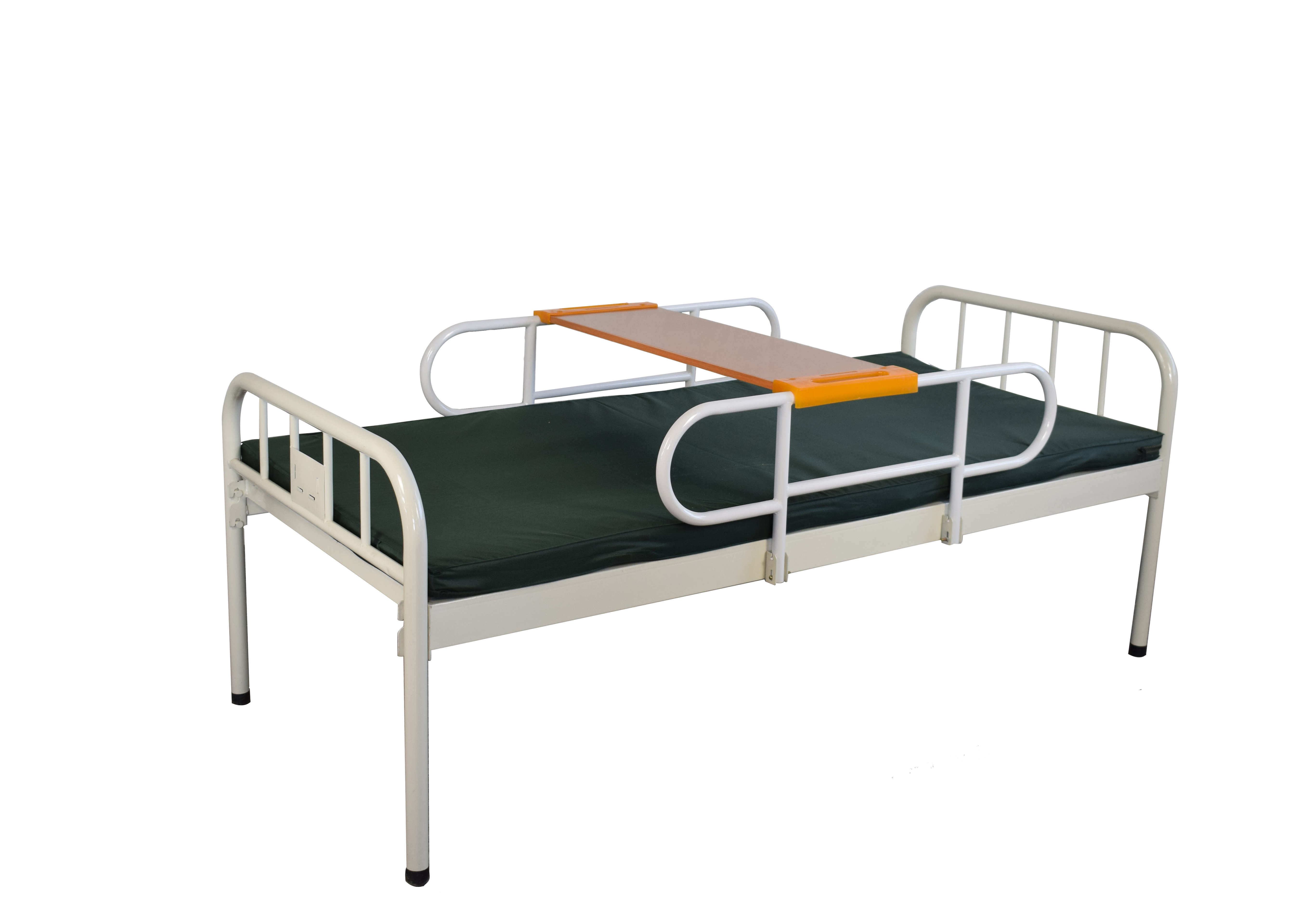Welcome to our websites!
Choosing the Right Walkers for Tall Seniors to Enhance Mobility and Independence
Choosing the Right Walkers for Tall Elderly Individuals
As the population ages, the need for reliable mobility aids becomes increasingly important. Among the various options available, walkers are one of the most common mobility devices used by seniors. However, when it comes to selecting a walker for tall elderly individuals, it is crucial to consider their specific needs to ensure safety, comfort, and ease of use. This article will explore the key factors to consider when choosing walkers for tall seniors and recommend some suitable options.
Importance of Proper Fit
One of the most critical aspects of selecting a walker for a tall elderly person is ensuring that the device fits properly. A walker that is too short can lead to strain on the back, neck, and wrists, potentially exacerbating existing health issues or causing new ones. Ideally, when a senior stands upright in their walker, their elbows should be slightly bent at about a 15-degree angle, and their wrists should rest comfortably on the hand grips. If the walker is too low, it can force the user to bend over, compromising their balance and stability.
Types of Walkers
A variety of walkers are available, each designed to meet different mobility needs. The most common types include standard walkers, front-wheeled walkers, and four-wheeled walkers.
1. Standard Walkers These are the most basic type of walker, consisting of a frame with no wheels. They provide excellent stability but may require more effort to lift. Standard walkers can be a good choice for seniors who are very tall but still have some upper body strength.
2. Front-Wheeled Walkers These walkers come equipped with two front wheels, which make them easier to maneuver. They are more suitable for taller individuals as they often allow for height adjustments and greater mobility while still providing stability and support.
3. Four-Wheeled Walkers Also known as rollators, these walkers have wheels on all four legs, making them excellent for those who need to cover longer distances. They often include a seat and storage options, which can be useful for resting or carrying personal items. Tall seniors should look for models that come with adjustable height settings to accommodate their stature.
walkers for tall elderly

Adjustable Features
When choosing a walker, look for models that come with adjustable height features. Many walkers designed for seniors now offer a range of height settings, allowing the user to customize the device to their specific needs. This adaptability is particularly essential for tall individuals, ensuring that they can maintain a proper posture while using the walker.
Weight Limit and Durability
Another consideration is the weight limit of the walker. It is vital to ensure that the chosen model can safely support the user’s weight. Additionally, durability is essential, especially for taller individuals who may exert more stress on the walker. Look for walkers made of sturdy materials such as aluminum or reinforced steel to ensure longevity and safety.
Comfort and Grip
The design of the handles is also important. Tall users should look for walkers with handles that are easy to grip and fit comfortably in their hands. Ergonomically designed handles can reduce strain on the wrists and hands, making it easier to use the walker for extended periods.
Final Thoughts
Choosing the right walker for tall elderly individuals is vital for promoting mobility, safety, and independence. By considering factors such as proper fit, type of walker, adjustable features, weight limits, and comfort, caregivers and seniors can make informed decisions. Consulting with a healthcare professional or physical therapist can also provide valuable insights tailored to the specific needs of the individual. Ultimately, the right walker can greatly enhance the quality of life for tall seniors, allowing them to maintain their independence and enjoy an active lifestyle.
-
Transforming Healthcare with Hospital FurnitureNewsJun.24,2025
-
Rehabilitation EquipmentNewsJun.24,2025
-
Mobility and Independence with WheelchairsNewsJun.24,2025
-
Freedom of Mobility with Our Rollator WalkersNewsJun.24,2025
-
Comfort and Independence with Commode ChairsNewsJun.24,2025
-
Bathing Safety and Independence with Shower ChairsNewsJun.24,2025
-
Navigating the Wholesale Landscape of Electric Mobility Solutions: Key Considerations for Power Wheelchair DealersNewsJun.10,2025











